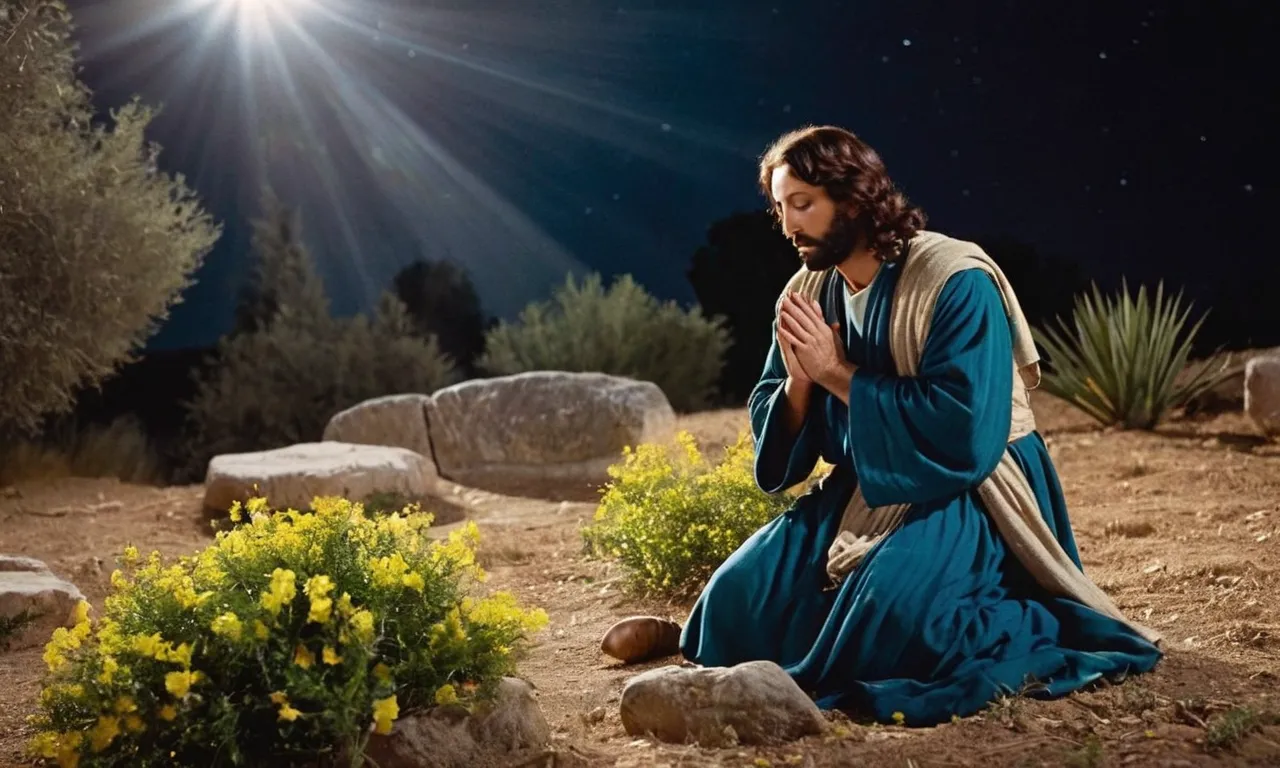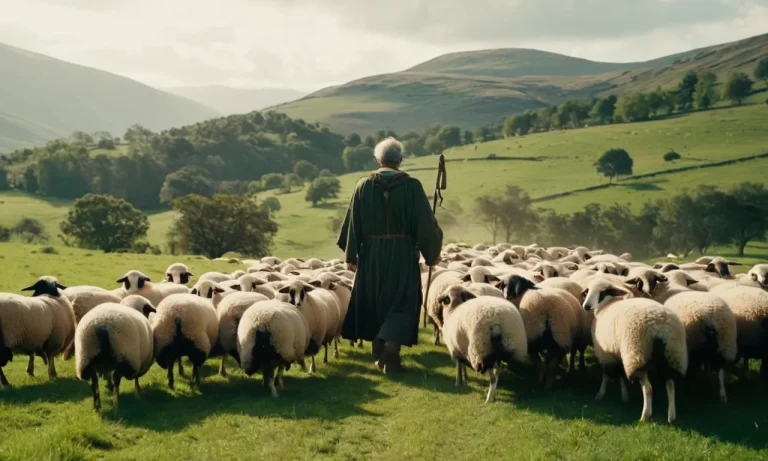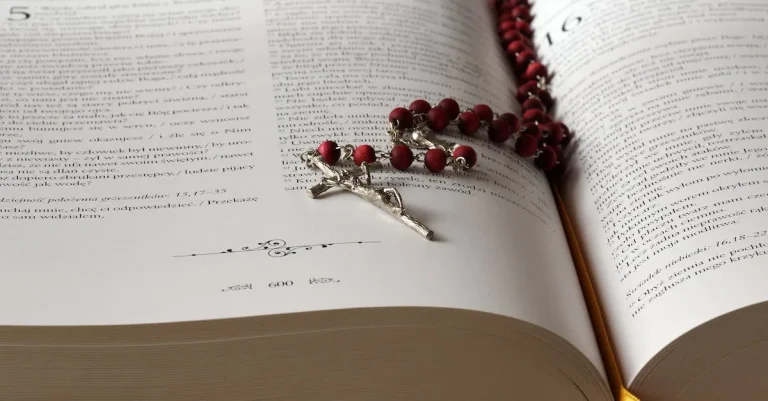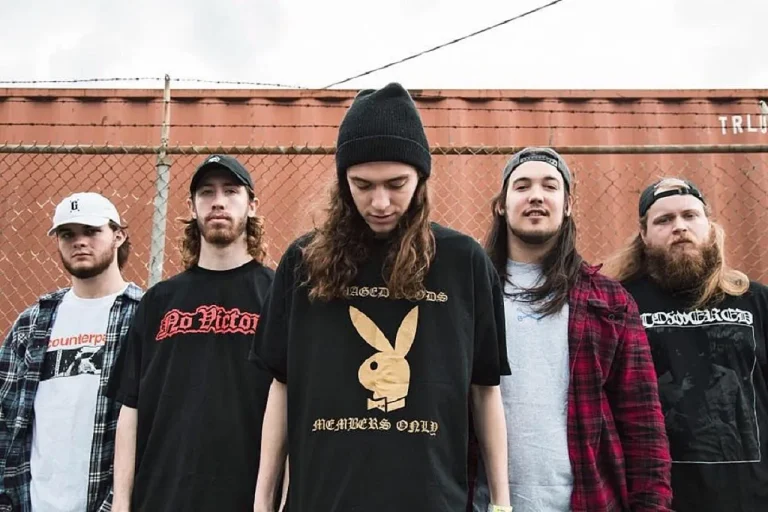How Did Jesus Pray? A Comprehensive Look At The Prayer Life Of Jesus
Prayer was central to the life and ministry of Jesus. In this article, we’ll take an in-depth look at how Jesus prayed, including when, where, and what he prayed about.
If you’re short on time, here’s a quick answer to your question: Jesus had a deep and intimate prayer life, usually praying audibly or crying out loud.
He often withdrew to desolate places to pray alone and sometimes spent the whole night in prayer. Jesus prayed for God’s will to be done, to give thanks, in times of crisis, and for his disciples.
We’ll examine the different types of prayer Jesus engaged in, what we can learn from the Lord’s Prayer, the high priestly prayer, and prayers in the garden of Gethsemane.
By exploring the prayer life of Christ, we can gain wisdom and insight on how to strengthen our relationship with God through prayer.
Jesus Often Withdrew to Desolate Places to Pray Alone
Into the Wilderness After His Baptism
After Jesus was baptized, He was led by the Spirit into the wilderness where He fasted for 40 days and 40 nights (Matthew 4:1-2).
This time alone in the desolate wilderness provided opportunity for an intense season of prayer and communion with God the Father as Jesus prepared to begin His earthly ministry.
On a Mountainside Before Choosing the Disciples
Before choosing His twelve disciples, Jesus went out to a mountainside to spend the night praying (Luke 6:12-13).
This critical decision – selecting the men who would walk closely with Him and carry on His ministry after His ascension – compelled Jesus to first seek the Father’s guidance in solitary prayer.
In the Morning to a Solitary Place
After an evening of healing the sick and driving out demons, preaching in the synagogues, Jesus rose early in the morning to pray alone in a solitary place (Mark 1:35).
Jesus’ commitment to prioritizing intimate communion with God compelled Him to purposefully withdraw from crowds and activities in order to pray.
Up on a Mountain Before the Miracle of the Loaves and Fish
Before performing the miraculous feeding of the 5,000, Jesus went up on a mountainside and sat down with His disciples (John 6:3).
While Scripture does not explicitly state Jesus prayed here, it was likely a time of prayerful retreat before ministering to the large crowd.
Jesus was deeply moved with compassion for the people and desired to meet their needs – both physically through the miracle, and spiritually through His teaching.
Jesus Spent Whole Nights in Prayer
Before Choosing the Twelve Disciples
Before making the monumental decision of choosing his twelve disciples, Jesus withdrew to a mountain and spent the entire night in prayer to God the Father (Luke 6:12-13).
This displays how weighty of a choice this was for Jesus and the priority he placed on being in his Father’s will.
Rather than quickly rattling off names of disciples, Jesus earnestly sought the Father’s guidance through intense prayer.
This night of prayer before selecting his team of twelve reveals key aspects of Jesus’ prayer life. First, he prayed about major decisions, not just minor daily choices.
The men he would pick as disciples would become the foundation of the early church after his ascension.
Far-reaching implications rode on getting this decision right, so Jesus bathed the process in prayer.
Second, Jesus persisted in prayer. He didn’t just pray briefly about the decision then move on. Luke’s gospel specially notes that he spent the entire night praying. When a decision was this critical, Jesus dug in for the long haul until he received clear direction from the Father.
Jesus Prayed for God’s Will to Be Done
In the Lord’s Prayer
In the Lord’s Prayer, recorded in Matthew 6:9-13 and Luke 11:2-4, Jesus provides a model for how we ought to pray. At the heart of the prayer is the petition, “Thy kingdom come, Thy will be done, on earth as it is in heaven” (Matthew 6:10).
Here, Jesus instructs us to pray that God’s will would be accomplished here on earth just as it is in heaven. Jesus lived out this petition, fervently seeking and submitting to the Father’s will throughout His life and ministry (John 5:30; 6:38).
As the Son of God, Jesus maintained perfect fellowship and unity with the Father and Spirit. He modeled for us the kind of intimate, dependent relationship we are to have with God.
Jesus prayed the Lord’s Prayer on multiple occasions (e.g. Matthew 6:9-13, Luke 11:2-4, John 17:1-26).
Each time, He prayed for the Father’s will to be done. He knew that God’s plans and purposes are perfect, wise, and motivated by great love. As the Son of God, Jesus delighted to do the Father’s will.
He calls His followers to share His perspective: trusting the Father wholeheartedly, seeking His will diligently, and surrendering our desires freely.
When we pray “Your will be done,” we humble ourselves before God and abandon our agenda in favor of His.
In Gethsemane
One of the most poignant examples of Jesus praying for God’s will is found in the Garden of Gethsemane on the night
He was betrayed. Jesus knew that His death on the cross was imminent. The weight of bearing the sins of the world caused Him intense sorrow and distress.
Jesus prayed, “My Father, if it is possible, may this cup be taken from me. Yet not as I will, but as you will” (Matthew 26:39). Despite the agony Jesus faced, He submitted Himself to the Father’s plan.
Through prayer, Jesus aligned His will with the Father’s will, choosing to obey rather than withdraw.
Jesus’ prayer in Gethsemane reminds us that following God’s will often requires great sacrifice. It may mean laying aside our rights, our desires, our comfort, and even our lives.
Jesus modelled full surrender in the face of unfathomable suffering. His prayer invites us to examine our own hearts – where do we hesitate or resist God’s will?
There is freedom in surrendering completely to the Father and saying sincerely, “Yet not my will, but yours be done.”
As Jesus trusted the Father’s purposes, so we can trust that God’s will, though difficult, is motivated by love and will ultimately glorify Him.

Jesus Gave Thanks and Praised God in Prayer
At the Last Supper
Before Jesus shared the Last Supper with His disciples, He lifted up His eyes to heaven and gave thanks to God for the meal they were about to eat (Matthew 26:26-27).
This act of thanksgiving reflected Jesus’ constant reliance on and gratitude for God’s provision.
Even in His final hours, Jesus maintained an attitude of praise and appreciation for all that the Father had given Him.
At the Miracle of the Loaves and Fish
When Jesus miraculously fed the 5,000 with just five loaves and two fish, He first gave thanks to God for the food He was able to multiply (Matthew 15:36).
Jesus was publicly praising the Father as the ultimate Source of the miracle He was about to perform. This gave glory to God and increased the disciples’ faith in Christ’s divine authority.
At the Raising of Lazarus
Before calling Lazarus out of the tomb, Jesus lifted His eyes and said, “Father, I thank You that You have heard Me” (John 11:41). Jesus audibly gave thanks to demonstrate His complete dependence on the Father.
This prayer also revealed Jesus’ motivation to glorify God rather than perform miracles to impress people.
Throughout His life on Earth, Jesus maintained a constant attitude of thanksgiving and praise toward the Father.
His prayers reflected His perfect relationship with God and set an example for believers to give thanks and praise to God in every situation.
Jesus Prayed in Times of Crisis or Need
At His Baptism
Jesus’ baptism by John the Baptist in the Jordan River marked the beginning of His public ministry. Though without sin, Jesus chose to be baptized to fulfill all righteousness (Matthew 3:15).
As soon as He came up out of the water, the Holy Spirit descended on Him like a dove and God the Father spoke from heaven saying, “This is my beloved Son, with whom I am well pleased” (Matthew 3:16-17).
Jesus prayed at this critical juncture, communing with the Father and the Spirit as He embarked on His earthly mission to save humanity.
During Storms at Sea
On at least two occasions, Jesus prayed during fierce storms on the Sea of Galilee that threatened to capsize the disciples’ boat. In Matthew 8:23-27, Jesus was asleep in the stern when a sudden squall came up, swamping the boat with waves.
The frightened disciples woke Him and He calmly rebuked the wind and waves, bringing instant calm. Afterwards, the amazed disciples asked, “What kind of man is this that even the winds and the sea obey him?”
Similarly, in Mark 4:35-41, Jesus prayed while the disciples feared they would perish, then He stilled the storm, rebuking their lack of faith.
At the Tomb of Lazarus
When Jesus heard that His dear friend Lazarus was ill, He purposefully waited two days before heading to Bethany, knowing that Lazarus would die in the interim (John 11:6, 14-15). By the time Jesus arrived, Lazarus had been dead four days.
Before raising him from the dead, Jesus prayed aloud to thank His Father for hearing Him (John 11:41-42). This astonishing miracle displayed Jesus’ power over death and led many to believe in Him (John 11:45).
Yet it also provoked the jealousy of the religious leaders, leading to their plot to kill Jesus (John 11:53).
Conclusion
Through examining the prayer life of Jesus, we gain invaluable insight into having a deeper relationship with God. Jesus modeled for us the importance of solitude, perseverance, submission to God’s will, thanksgiving, and intercession in prayer.
We can follow Christ’s example as we seek to strengthen our personal prayer lives and draw nearer to our Father in Heaven.







